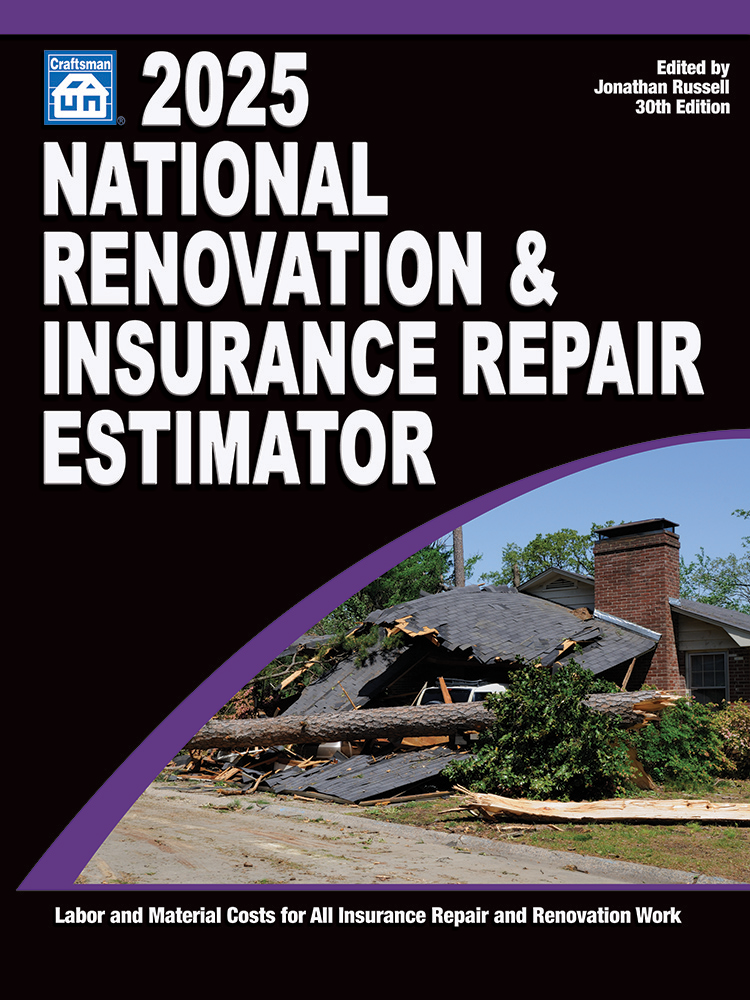You’ll recall in July, I explained a problem you may have within your master services agreements – specifically related to additional insureds. This month, I want to show you a specific policy that clearly illustrates the problem. It uses the most common wording out there, which proves there’s no coincidence 90 percent of the insurance companies use this basic outline for additional insured coverage and the 90 percent failure rate in our compliance audit mentioned last month.
The contractor in this example agreed in their contract to make both the manager of a master services agreement (this could be a franchisor or a network) and the insurance company granting the master services agreement additional insureds under the contractor’s general liability insurance policy. It is a requirement in the master services agreement that the additional insurance status for both of these parties must apply to the ongoing operations and completed operations of the contractor.
Did you miss Part I of Fixing Gaps in Your Liability Insurance Policies? No problem! Read it here!
I will refer to the contractor performing the work under the master service agreement as Bob’s Restoration. Bob owns the company.
Actual Additional Insured Language in the General Liability Insurance Policy
(f) Any person or organization with which you have agreed above to provide insurance, but only with respect to liability arising out of “your work” performed for that additional insured by you or on your behalf. (Fatal Flaw#1) A person or organization’s status as an insured under this provision of this endorsement continues only for the period of time required by the written contract or agreement, but in no event beyond the expiration date of this Coverage Part. (Fatal Flaw #2) If there is no written contract or agreement, or if no period of time is required by the written contract or agreement, a person or organization’s status as an insured under this endorsement ends when your operations for that insured are completed. (Fatal Flaw #2 again)
Fatal Flaws
Fatal Flaw #1: No one who needed to be an additional insured under Bob’s insurance policy as required in the master services agreement is an actually covered as an additional insured under Bob’s insurance policy. This is because Bob’s Restoration is not performing work for the holder of the master services contract or for the grantor of the master services contract (the insurance company paying the policy holder for the claim). Bob is actually performing work for the policy holder on a direct basis. Therefore neither the holder of the master service agreement or the insurance company for Bob’s customer are covered under Bob’s insurance policy at all.
Fatal Flaw #2: Bob is obligated to provide additional insured status for his completed operations. This fatal flaw shuts off the insurance coverage for completed operations at the end of the insurance policy period.
Bob is in breach of contract due to these gaps in his insurance policies. As a result, his clients do not have to pay him for the work he performed when he was out of compliance with the terms in the contract Bob signed.
The insurance agent in this case misrepresented the actual insurance in place on the insurance certificate for years and in doing so, short-circuited the checks and balances in place in the certificate review process. To be this far off base it would be easy to conclude the insurance agent must have had another agenda and was not keeping Bob’s best interest at heart. That is hardly ever the case. In almost all cases, the situation Bob is in can be explained by three factors:
1. Insurance agents have not been briefed by their customers about how the work is actually performed under master services agreements with insurance companies.
2. The insurance agent did not compare the insurance requirements in the master services agreements to the actual coverage in the insurance policies they are selling.
3. In some circumstances, the insurance agent is not capable of comparing the insurances required in the master services contract to the actual insurance provided in the policy due to inadequate training. There is no training course available to help an insurance agent deal with the complexities of insuring the work performed under master services agreements.
In the end, Bob will likely be held accountable, and it will be difficult for him to prove negligence on the part of the insurance company because their policy is in line with other providers.
The Solution
The easiest solution is to purchase a customized business liability insurance program designed specifically to insure work done under master services agreements. These insurance policies are generally not more expensive than insurance policies with fatal design flaws as illustrated above. But even if they were, being compliant is worth the expense!
One word of caution on this approach: it took the ARMR staff four years working on the drafting committees of the IICRC S500 and the S520 to learn enough about the restoration business to get our insurance policy designs for cleaning and restoration contractor’s glitch-free as far as we can tell.
You will need to be hands-on with your insurance agent in the process. Plus, your insurance agent will need to have access to the product development teams at the insurance company because the coverage extensions you need are not off the shelf insurance products and you will need to be willing to spend a lot of time fixing mistakes.
Anything short of a custom-designed, combined coverage policy produces results ranging from slight insurance coverage glitches to being fundamentally uninsured for what you do for a living. The bogus certificate of insurance issue for some master services contracts is just the tip of the iceberg.
The insurance needs of restoration firms working under master services agreements are extremely complex. Find an insurance agent with this kind of expertise, and most your insurance challenges will be eliminated.











